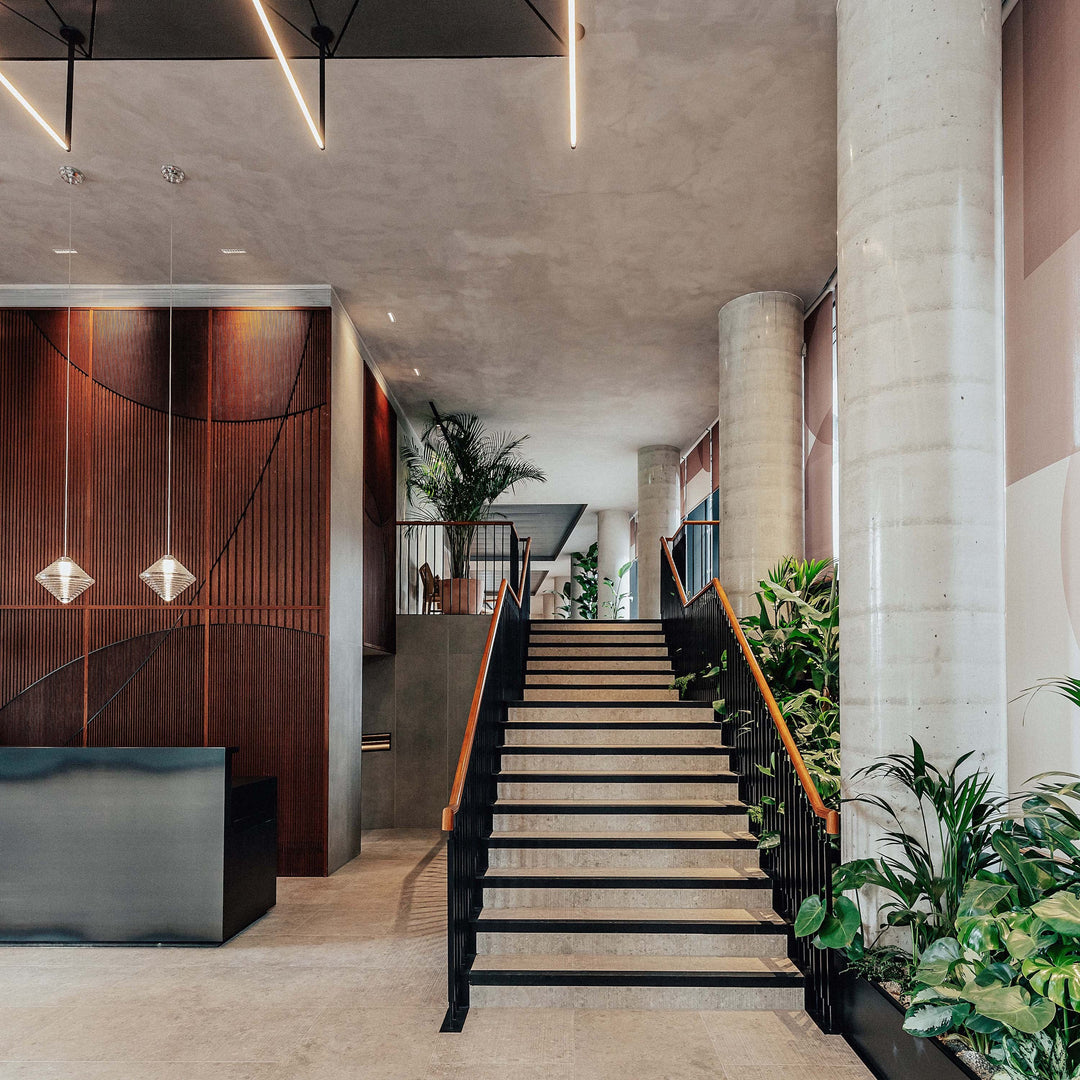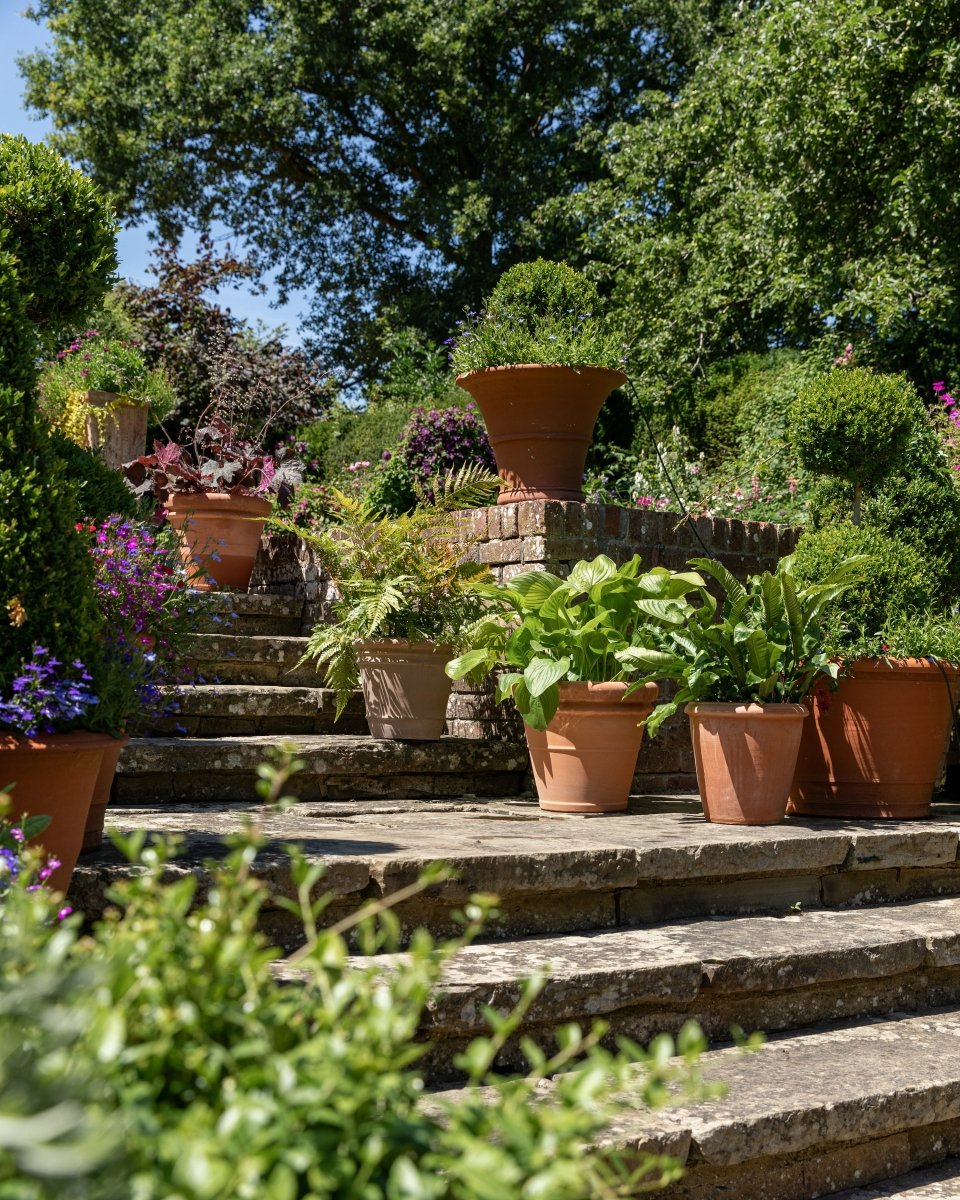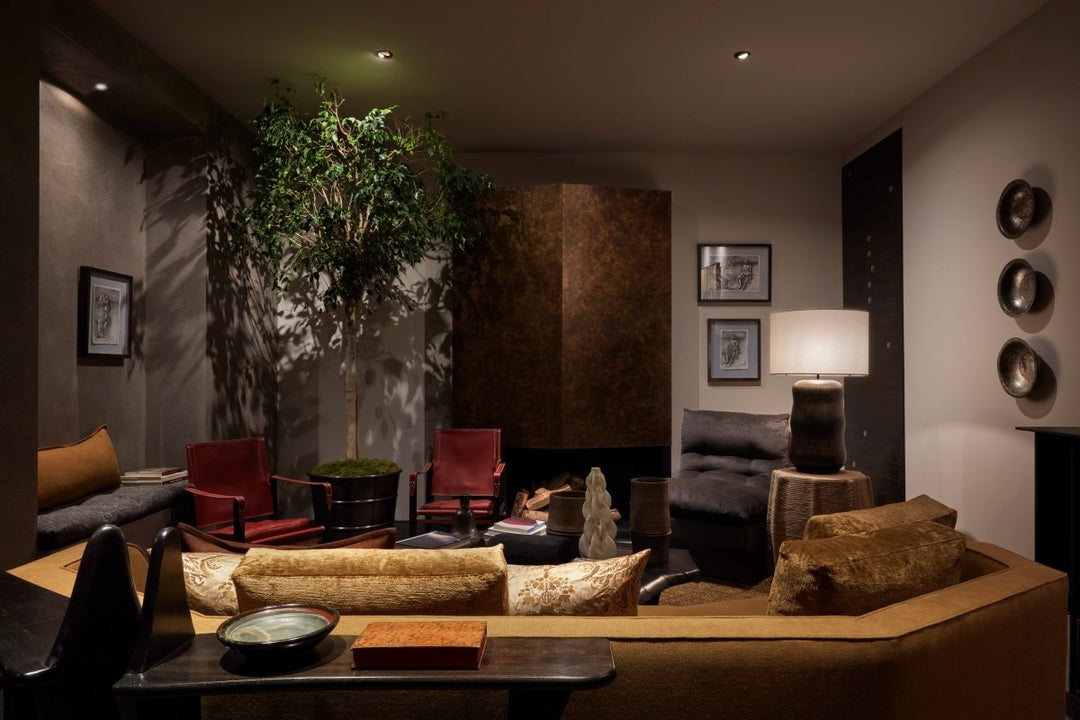The type of light your houseplants need depends on the species of the plant. Here’s a general guide to help you determine the best lighting for common houseplants:
1. Low-Light Plants
- Examples: Snake Plant, ZZ Plant, Pothos, Peace Lily
- Light Requirement: Indirect, low light. These plants do well in areas with minimal natural light, such as rooms with north-facing windows or in shaded areas.
- Tips: Avoid direct sunlight, which can cause leaf burn.
2. Medium-Light Plants
- Examples: Spider Plant, Dracaena, Philodendron, Monstera
- Light Requirement: Bright, indirect light. A room with east or west-facing windows is often perfect for medium-light plants.
- Tips: Avoid placing them directly in windows with intense light. Filtered sunlight is ideal.
3. Bright-Light Plants
- Examples: Succulents, Cacti, Fiddle Leaf Fig, Rubber Plant
- Light Requirement: Bright, direct sunlight. South-facing windows are usually the best, as they provide the most intense sunlight during the day.
- Tips: Rotate the plant periodically to ensure even growth and avoid leaning toward the light source.
4. Artificial Light
- If natural light is insufficient, you can use grow lights to supplement. LED grow lights are energy-efficient and provide the full spectrum of light that plants need for photosynthesis. Place these lights 6-12 inches from the plant and run them for 12-16 hours a day, depending on the plant's needs.
General Tips:
- Signs of Too Little Light: Slow growth, yellowing leaves, and stretched-out (leggy) stems.
- Signs of Too Much Light: Brown, scorched leaf tips or edges and pale-colored leaves.





















